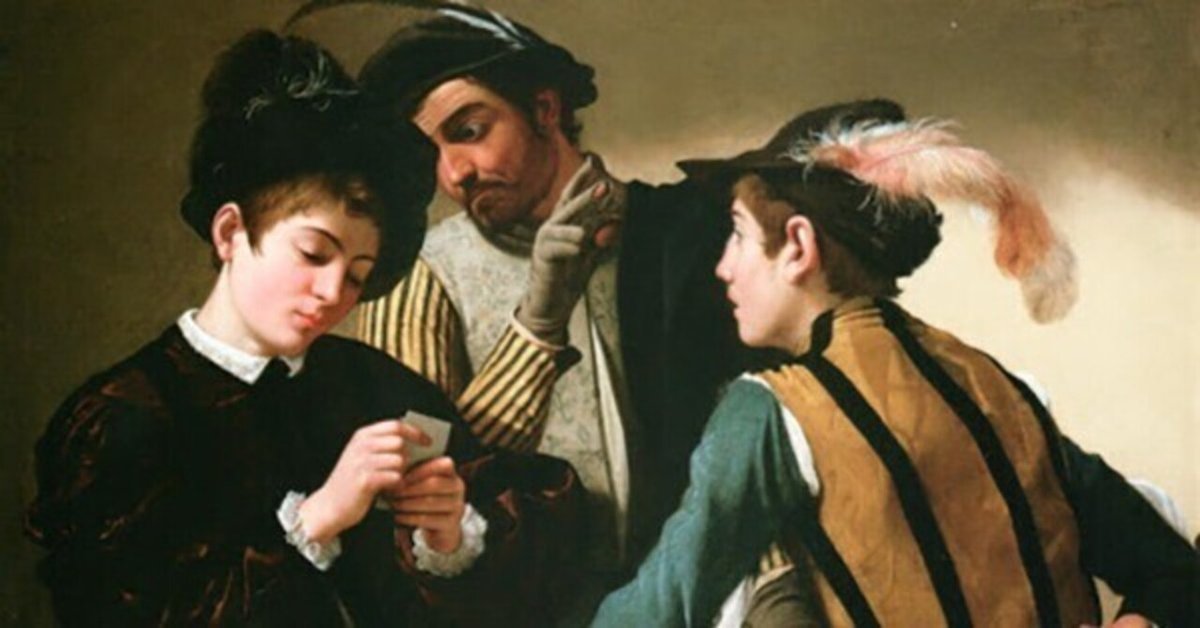
#4 Let's get the hang of the order of presentation.
In # 2 and # 3, we introduced how to increase awareness of and examine visual information by "spending more time looking at it" and "distinguishing between facts and interpretations," respectively. In this issue, as the next step, let us consider how to communicate better the information we have to others.
From the big picture to the small details: Following the flow of information helps us visualize the whole picture.
When people are preoccupied with the details of information, they tend to convey inadequate information that lacks the big picture, such as the background and the setting. To get this information accurately and quickly to those who do not know, it is helpful to "share information in a series of steps from the big picture to the smallest detail. In the case of a painting, it is beneficial to help the viewer's understanding if you describe the painting in the following order: 1) the painting method (oil/watercolor, realistic/abstract/impressionistic), 2) the setting (period, country, weather), 3) the general composition (where, who, what), 4) detailed description of each figure. This is the order in which the people can understand.
Let's look at Caravaggio's "The Mischief Makers."

If you tell someone who has no information about this painting that the boy on the right is the one with the five hearts hidden in his back, he will not be able to visualize the whole picture without the information that is a prerequisite for the image. Therefore, let's follow the trick of "conveying in a series of flow from the general framework to the details."
A realistic painting in oil. Considering the clothing, the setting is probably medieval Europe. Three men and a woman are playing cards in what appears to be a room. On the far left side of the painting, there is a lady and a gentleman with a mustache peering at the cards from behind, and on the right, across the corner of the table, a boy is wearing a hat with a feather. On the table is a stack of coin-shaped objects, possibly betting cards. The boy has a card with five hearts hidden on his back." ...... How about this? Even if you don't know the picture, you can easily imagine the situation depicted. With just a little awareness of the flow, you can communicate clearly and efficiently. Also, if you are conscious of "communicating to others" from the beginning when looking at something, you can avoid missing the whole picture.
Without discrepancies, communicate information and intentions in words, not in "aun no you" or "mind-to-mind" communication.
This is a beneficial technique in clinical communication. For example, consider a situation in which a medical specialist consults a patient suspected of having a stroke. If you start with a detailed explanation, "The patient is a 70-year-old male who smokes 60 cigarettes a day, has no history of alcohol consumption and has no blood relatives who have had a stroke (......)," the patient will not well understand this. A 70-year-old man with no particular history of stroke. He usually maintains his ADLs and can live on his own. He had no symptoms until yesterday, but he has been unable to speak and has been unable to use the left side of his body since he woke up this morning, so he went to see the doctor.
Not only in the medical industry but also in Japan, "aun no you" (mutual breathing) and "Yoshino Kenshin" (heart-to-heart communication) have traditionally been emphasized. This has the advantage that straightforward content can be efficiently omitted from the conversation, but times change. People's backgrounds are becoming more complex, following social conditions and systems, and collaboration among multiple professions and specialists is becoming increasingly essential. To ensure mutual understanding and facilitate cooperation, it is necessary to exchange information using words. We, as medical professionals, need to have the skills to communicate information and intentions without discrepancies.
from
まだまだコンテンツも未熟ですが応援して頂けるとすっごい励みになります!
